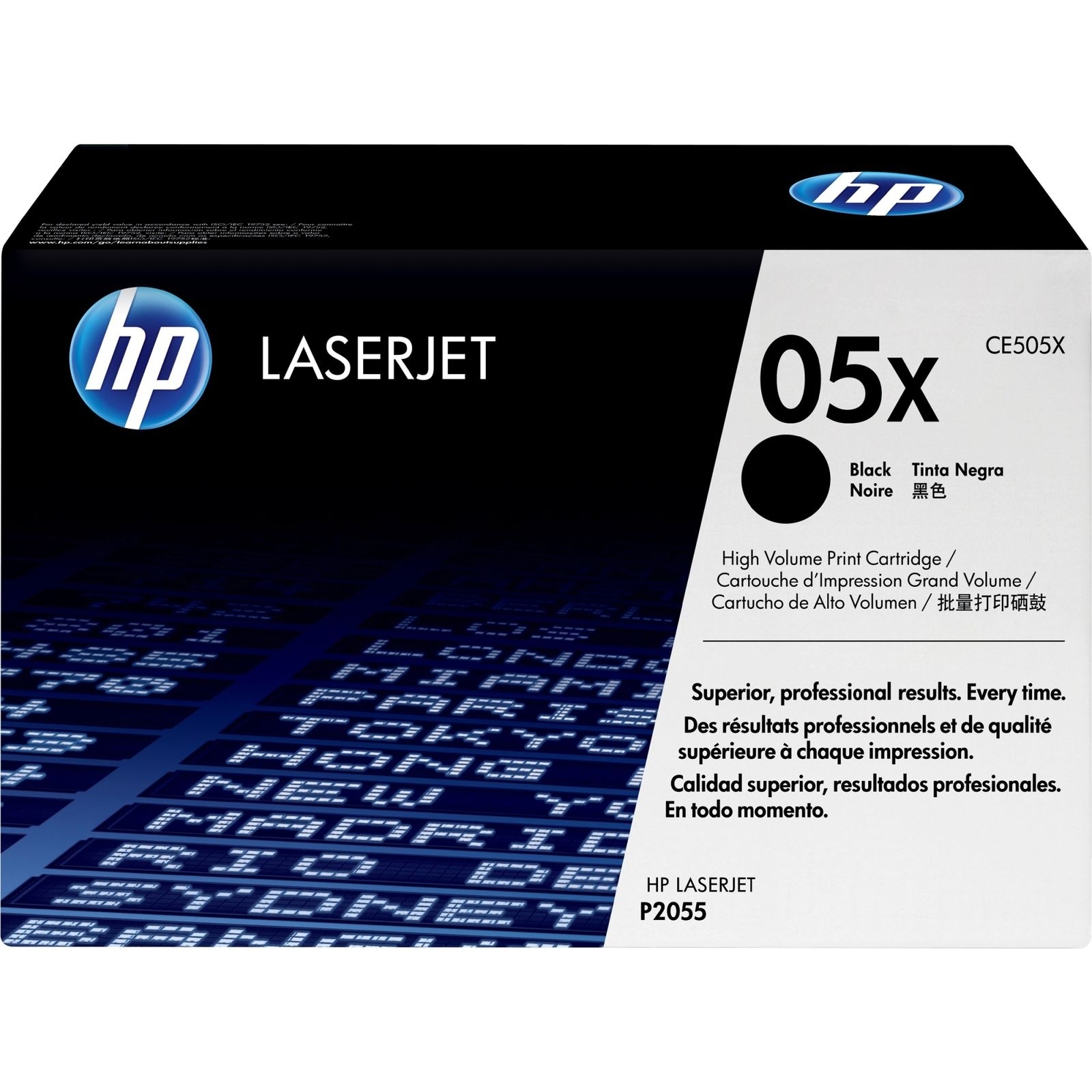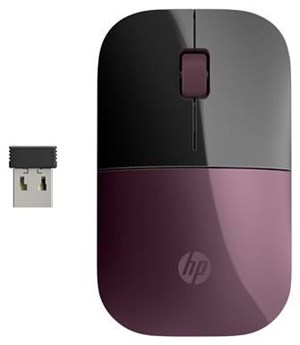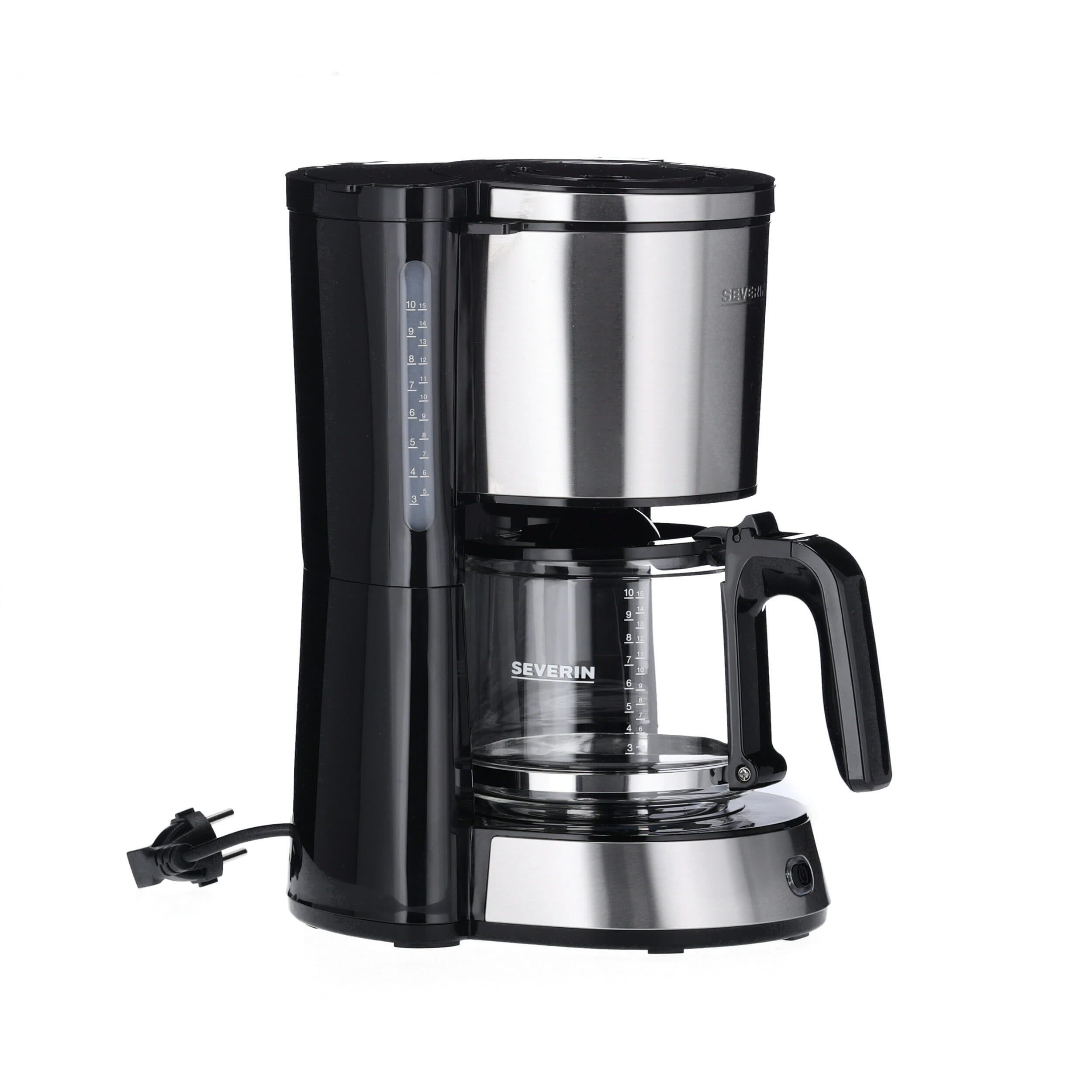But while mania is often described as “feeling on top of the world,” it has How to Help an Alcoholic in Denial unique health risks. People experiencing a manic episode may have impaired decision making skills, go days without sleeping, or talk excessively. Someone with bipolar disorder may use sedative substances to lessen the symptoms of mania. Alcohol and cannabis are the most commonly used substances for people with bipolar disorder, followed by cocaine and opioids.
News from Mayo Clinic
Drinking alcohol can become a coping mechanism to deal with feelings of hopelessness, numbness, guilt, and worthlessness. Bipolar depression is tough, and self-medicating with alcohol is common. Alcohol makes things worse, which means that you will make things better without alcohol. In BD, there is an equal incidence of men and women, emphasising the genetic origin of the disorder.
Some conditions can make bipolar disorder symptoms worse or make treatment less successful. Although bipolar disorder is a lifelong condition, you can manage your mood swings and other symptoms by following a treatment plan. In most cases, healthcare professionals use medicines and talk therapy, also known as psychotherapy, to treat bipolar disorder.
- The AUDIT score range is from 0 to 40, with 8 or higher indicating AUD is highly probable; 8 to 14 indicating hazardous or harmful drinking; and 15 to 40 indicating severe drinking or dependence.
- Early abstinence predicted later abstinence, and a significant number of those who reduced their drinking by 6 months also achieved complete abstinence after 5 years (91).
- Therapy and other treatment strategies are important in managing bipolar disorder, but so is medication.
Treatment & Support
Analyzing SUD and bipolar comorbidity in clinical settings, the same group reports the highest prevalence for AUD (42%) followed by cannabis use (20%) and any other illicit drug use (17%) (21). Cannabis ranking second after AUD has also been confirmed in other studies (7, 27, 29). Similar rates of SUD were also reported in the Systematic Treatment Enhancement Program Bipolar Disorders (STEP BD) study including 3,750 Bipolar I or II patients (30). Acamprosate has also been evaluated in an open-label trial and a randomized controlled trial.
Treatment for Bipolar Disorder and Alcohol Use Disorder Can Be Effective.
While the manic episodes of bipolar I disorder can be severe and dangerous, people with bipolar II disorder can be depressed for longer periods of time. Even small amounts of alcohol can create big problems for someone living with bipolar depression. Therefore, someone already experiencing a depressive episode can find themselves spiraling downward with symptoms deepening as they descend. It’s only temporary, so people drink more to try to regain the relief. As is the case with drinking, crashes occur when the effects of alcohol wear off. This crash mimics the symptoms of depression, so to fix that, people frequently begin to drink more alcohol.
Alcohol use and depression symptoms
Criteria for a diagnosis of alcohol abuse, on the other hand, do not include the craving and lack of control over drinking that are characteristic of alcoholism. The lifetime prevalence of alcohol abuse is approximately 10 percent (Kessler et al. 1997). Alcohol abuse often occurs in early adulthood and is usually a precursor to alcohol dependence (APA 1994).
Both studies included also patients with other major mental health disorders, such as MDD and schizophrenia; thus, both do not supply information exclusively about changes in the course of BD (96, 97). Only a follow-up evaluation of the first study after 3 years specifically reports about 51 patients with BD and comorbid SUD, stating that taking part in the AST program has also improved quality of life (QoL) and diverse functionality measures (98). The detrimental impact of substance use and BD has been well-established, both for the individual and for society (54, 55).









